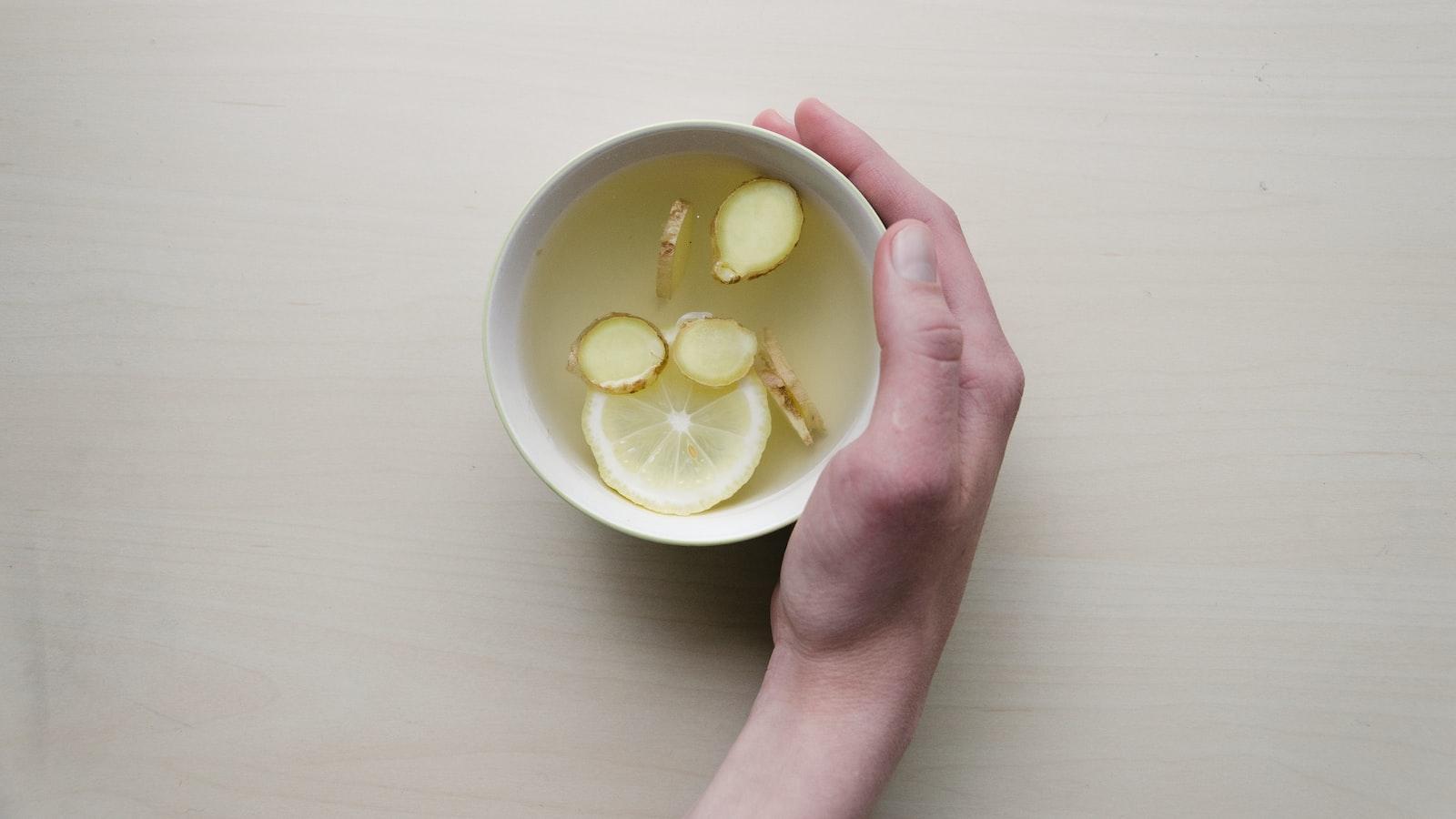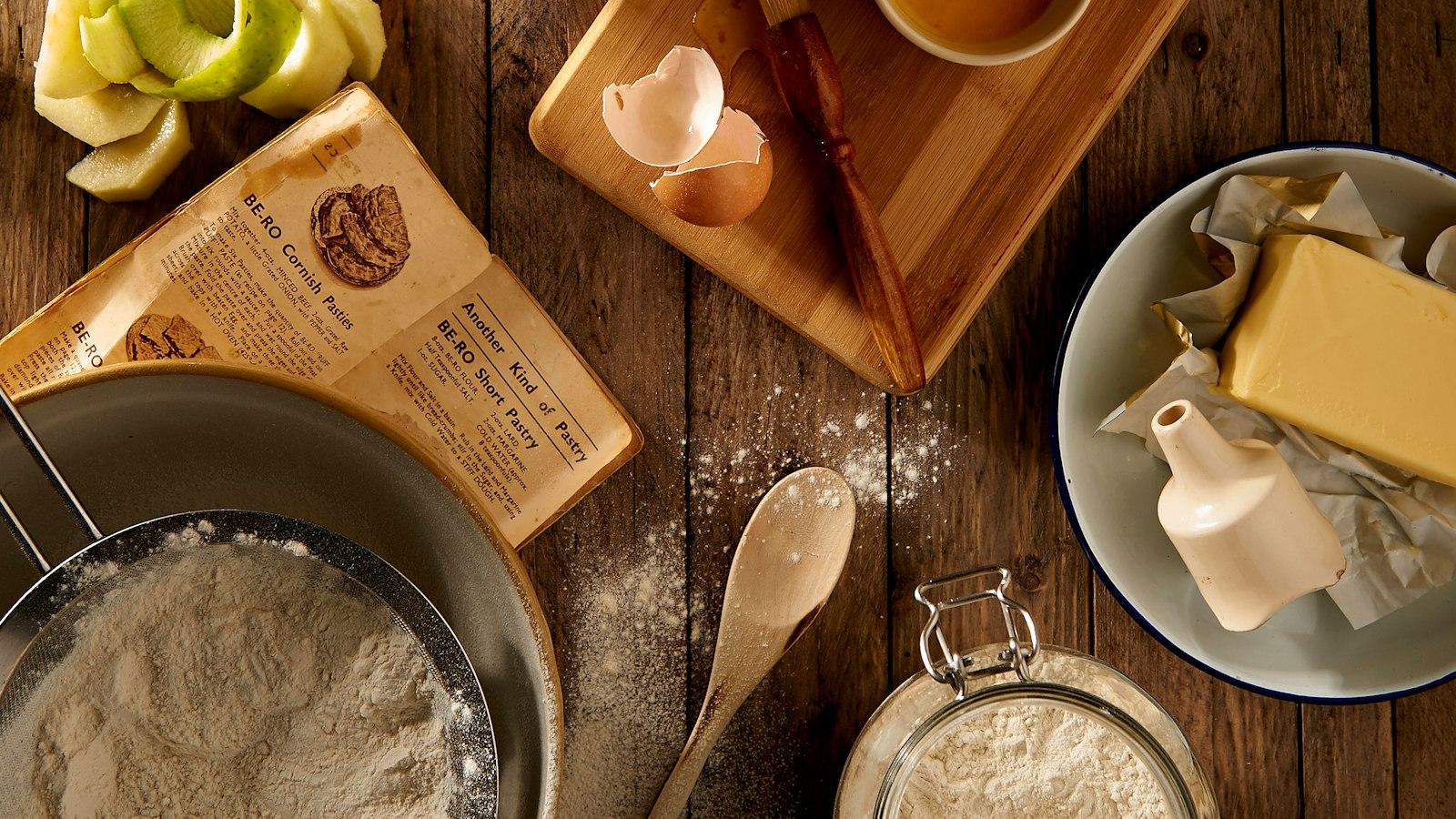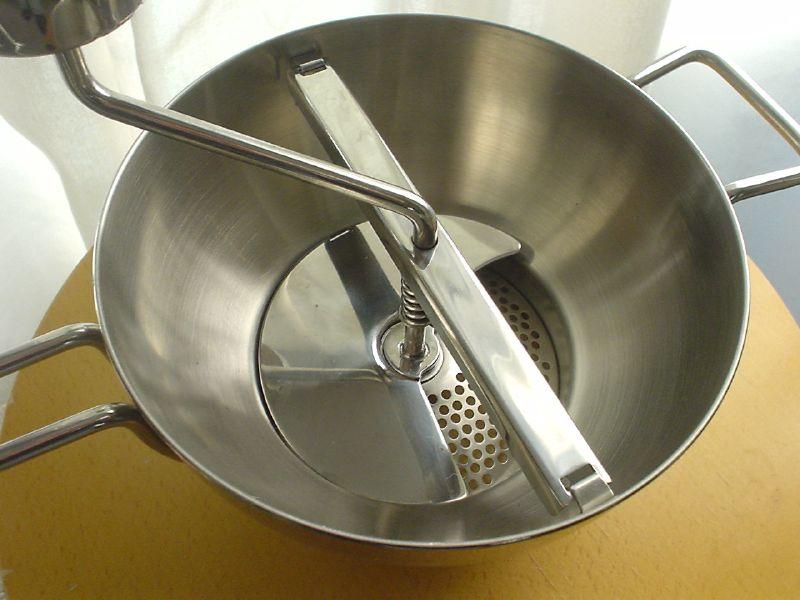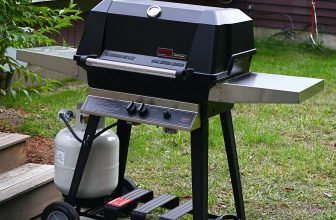
Are you tired of manually pushing and straining ingredients to achieve a smooth and velvety texture in your soups, sauces, or purees? Look no further than the trusty food mill! This versatile kitchen tool might appear intimidating at first, but fear not – mastering its efficient operation is simpler than you think. In this article, we will guide you through the ins and outs of using a food mill, highlighting its benefits and providing step-by-step instructions to help you effortlessly achieve the perfect consistency every time. Whether you’re a seasoned chef or an aspiring home cook, get ready to unlock the full potential of your culinary creations with the expert advice and tips that lie ahead.
Introduction to Food Mills
A food mill may seem intimidating to use at first, but once you understand its purpose and how to operate it, you’ll find it to be a valuable tool in your kitchen. This versatile utensil is perfect for processing food into a smooth or chunky consistency, depending on your preference. Whether you’re a seasoned cook or a beginner in the kitchen, learning how to use a food mill is a skill that will enhance your culinary repertoire. In this article, we will guide you through the steps of using a food mill and provide you with some tips to make the process even easier.
-
Prepare your ingredients: Before you begin using a food mill, it’s important to prepare your ingredients properly. This might involve peeling, removing seeds, or chopping certain foods to ensure they fit through the mill’s holes easily. For example, if you’re planning to make homemade tomato sauce, removing the skin and seeds will result in a smoother texture. Take the time to prepare your ingredients before you start milling to avoid any complications during the process.
-
Set up your food mill: The first step in using a food mill is setting it up correctly. Place the mill over a bowl or pot, ensuring it is stable and secure. Most food mills come with interchangeable discs that adjust the texture of the food. Depending on your desired outcome, select the appropriate disc and insert it into the mill, ensuring that it fits snugly. The disc you choose will determine whether your end product is finely pureed or coarsely mashed. Experimenting with different discs can yield different results and textures, so feel free to get creative!
-
Milling the food: Once your food mill is set up, it’s time to start the milling process. Begin by placing a small amount of your prepared ingredients into the mill. Using a spoon or ladle, slowly rotate the handle in a clockwise motion. The mill’s blades will push the food against the disc, forcing it through the holes, and into the bowl underneath. Continue rotating the handle until all the desired food has been milled. Remember to work in small batches to ensure consistent results.
-
Cleaning and maintenance: After using a food mill, it’s crucial to clean and maintain it properly to ensure its longevity and optimal performance. Start by disassembling the mill and removing any leftover food particles from the discs and components. Rinse them with warm water and mild soap, gently scrubbing if necessary. Avoid using abrasive materials that could damage the mill. Once clean, dry all the parts thoroughly before reassembling them. Proper maintenance will keep your food mill in excellent condition and ready for your next culinary adventure!
-
Additional tips and tricks: Here are a few additional tips to make your food milling experience even better:
- If you want a smoother consistency, pass the food through the mill multiple times.
- To remove any potential seeds or skin fragments that may have passed through the mill, strain the milled food through a fine mesh sieve.
- For precise control over the texture of your food, adjust the clearance between the disc and the bottom of the mill. A tighter clearance results in finer textures, while a looser clearance creates chunkier textures.
- If you’re working with large quantities of food, consider using a pot or bowl with a pouring spout to make transferring the milled food easier.
Now that you’ve learned the basics of using a food mill, you can confidently incorporate this versatile tool into your cooking routine. From silky smooth mashed potatoes to homemade fruit sauces, a food mill opens up a world of culinary possibilities. So go ahead, experiment with different recipes, and enjoy the process of transforming whole foods into delectable creations using your food mill!

Choosing the Right Food Mill for Your Needs
When it comes to preparing delicious homemade meals, having the right tools can make all the difference. A food mill is a versatile kitchen gadget that can help you create smooth and creamy purees, sauces, and soups. However, with so many options available, it can be overwhelming to choose the right one for your needs. In this post, we will guide you through the process of selecting the perfect food mill.
1. Consider the Capacity
One of the first things to consider when choosing a food mill is its capacity. Determine how much food you usually prepare and consider the serving size you need. If you frequently cook for a large family or entertain guests, a food mill with a larger capacity would be a wise choice. On the other hand, if you primarily cook for yourself or a small household, a compact food mill might be more suitable.
2. Look for Versatility
Having a versatile food mill can save you time and effort in the kitchen. Look for a model that comes with interchangeable disks of different sizes. These disks can help you achieve various textures, from fine to coarse, depending on your preference. Some food mills even have additional attachments, such as a grater or a strainer, which can further expand their functionalities.
3. Check the Material and Construction
The material and construction of a food mill are crucial factors to consider for its durability and ease of use. Stainless steel food mills are highly resistant to corrosion and staining, making them a reliable choice. Additionally, opt for a food mill with a sturdy handle and well-designed grips to ensure comfortable and secure operation. This will prevent any accidents or mishaps in the kitchen.
4. Consider Cleaning and Maintenance
Keeping your food mill clean and well-maintained is important to ensure its longevity. Look for a model that disassembles easily, allowing you to clean each component thoroughly. Dishwasher-safe parts can also save you time and effort. Additionally, consider models with removable blades or disks, as they can be easier to clean without leaving any residue behind.
5. Read Reviews and Compare Prices
Before making a final decision, take the time to read reviews and compare prices of different food mills. User reviews can provide valuable insights into the performance and reliability of a particular model. Additionally, comparing prices will help you find the best deal without compromising on quality. Remember to consider the warranty provided by the manufacturer, as it can be an indicator of the product’s quality and durability.
| Food Mill | Capacity | Material | Price |
|---|---|---|---|
| OXO Good Grips Food Mill | 2.3 quarts | Stainless steel | $39.99 |
| KitchenAid Stand Mixer Attachment | N/A (attaches to mixer) | Stainless steel | $49.99 |
| Cuisipro Deluxe Food Mill | 1.9 quarts | Stainless steel | $69.99 |
| Mirro Foley Stainless Steel Food Mill | 2 quarts | Stainless steel | $27.99 |
By considering these factors, you can confidently choose the right food mill for your needs. Whether you’re a seasoned chef or a home cook, having a reliable food mill will enhance your culinary creations and make your cooking experience more enjoyable.

A Step-by-Step Guide to Using a Food Mill
In this post, we will guide you on how to use a food mill effectively, making your cooking experience more seamless and hassle-free. A food mill is a versatile kitchen tool that helps you puree, mash, and strain various fruits and vegetables. Whether you want to make smooth sauces, creamy soups, or even homemade baby food, a food mill is an essential gadget to have in your kitchen.
Step 1: Prepare your ingredients
The first step is to gather your ingredients and ensure they are ready for processing. Wash and chop your fruits or vegetables into manageable pieces. Depending on what you’re making, you may need to remove seeds, skins, or pits as well. Remember, the size of your ingredients should be suitable for the size of the food mill to avoid clogging.
Step 2: Assemble your food mill
Next, it’s time to assemble your food mill. Start by placing the milling disc with the desired size into the mill’s bowl. Then, secure the mill handle or crank to the top of the mill. Make sure all the components are tightly attached for stability during the process. Also, place a large bowl or directly attach the food mill to a pot to catch the processed food conveniently.
Step 3: Milling the ingredients
Now comes the fun part! It’s time to start milling your ingredients. Simply place a small batch of prepared ingredients into the food mill’s bowl. Move the handle or crank in a clockwise motion to process the food. The milled food will then pass through the disc, leaving behind any unwanted seeds, skins, or fibers. Repeat this process until all your ingredients are milled to the desired consistency.
Step 4: Cleaning the food mill
- Disassemble the food mill by removing the handle, milling disc, and bowl.
- Thoroughly rinse all the parts under running water to remove any leftover food particles.
- For stubborn residue, use a small brush or scrubbing pad to gently scrub the components.
- Dry all the parts completely before reassembling or storing away.
Step 5: Enjoy the fruits of your labor
Finally, sit back, relax, and savor the delicious results of your freshly milled ingredients. Whether you’re enjoying a velvety tomato sauce, a silky pumpkin puree, or a chunky applesauce, a food mill ensures a consistent texture and eliminates any unwanted bits. Experiment with different recipes and get creative in the kitchen, knowing that your food mill has your back!

Tips and Tricks for Getting the Best Results with Your Food Mill
Using a food mill can be a game-changer in your kitchen, providing you with smooth purees, sauces, and even making homemade baby food a breeze. To ensure you get the best results from your food mill, follow these tips and tricks:
1. Choose the right food mill for the job
There are various types of food mills available, so it’s important to choose the right one for your specific needs. Consider the size, material, and variety of discs that come with the mill. A stainless steel food mill with interchangeable discs is a versatile choice. It allows you to achieve different textures, such as finely strained sauces or chunkier purees.
2. Prep your ingredients beforehand
Before you start using your food mill, make sure to properly prepare your ingredients. Wash, peel, and chop them into smaller pieces for easier processing. Removing any tough skins, seeds, or stems will prevent clogging and ensure smoother results. For example, when making tomato sauce, blanch and peel the tomatoes before running them through the food mill.
3. Use the right speed and pressure
Using the food mill at the right speed and pressure is essential for achieving the desired consistency. Be mindful not to overwork the ingredients, as this can result in a puree that is too thin or even incorporate bitter flavors. Apply gentle pressure and use a steady, consistent motion to process the ingredients. Experiment with different speeds and pressures to find what works best for your desired outcome.
4. Work in batches
If you have a large quantity of ingredients to process, it’s best to work in batches. Overloading the food mill can cause it to become clogged, leading to uneven results and potential damage to the mill. Working in smaller batches ensures a more efficient and effective process, allowing the food mill to work its magic on each portion of ingredients.
5. Clean and maintain your food mill properly
To ensure your food mill remains in top condition and continues to deliver the best results, proper cleaning and maintenance are crucial. After each use, disassemble the mill and clean all the parts thoroughly. Pay extra attention to the discs and the milling plate, as food particles tend to get stuck in these areas. Use a gentle brush or toothpick to remove any residue. Regularly check for any signs of wear or damage and replace worn-out parts for optimal performance.
By following these tips and tricks, you’ll be on your way to getting the best results with your food mill. Say goodbye to lumpy sauces and hello to velvety purees that will impress your friends and family!

Cleaning and Maintenance of Your Food Mill
Proper is essential to ensure its longevity and optimal performance. Follow these step-by-step instructions to keep your food mill in top condition:
1. Disassemble the Food Mill
Start by disassembling your food mill. Remove the blade, the grinding plate, and any other removable parts. This will make it easier to clean and ensure that no food residue is left behind.
2. Rinse with Warm Water
After disassembling, rinse each part of the food mill with warm water to remove any remaining food particles. Pay special attention to the grinding plate and blade as these areas can be prone to buildup. Use a brush or sponge to gently scrub away any stubborn stains or debris.
3. Use Mild Dish Soap
To thoroughly clean your food mill, use a mild dish soap. Apply a small amount to a sponge or cloth and gently scrub all the parts. Avoid using harsh or abrasive cleaners as they can damage the finish of your food mill.
4. Dry Thoroughly
After cleaning, make sure to dry each part of the food mill thoroughly. Use a clean towel or air dry them in a well-ventilated area. Moisture left on the parts can lead to rust or mold growth.
5. Reassemble and Store Properly
Once all the parts are completely dry, reassemble your food mill, making sure that everything fits snugly. Store your food mill in a clean and dry place, away from excessive heat or moisture.
By following these cleaning and maintenance tips, you can ensure that your food mill remains in excellent working condition, providing you with many years of reliable performance. Regular cleaning and proper storage will help prevent any issues and guarantee a smooth milling experience every time.
Q&A
Q: What is a food mill?
A: A food mill is a kitchen tool used for grinding, puréeing, or mashing cooked foods. It consists of a metal or plastic bowl with a perforated bottom and a crank or handle on top.
Q: How does a food mill work?
A: To use a food mill, you place the cooked food in the bowl and then turn the crank or handle, while the food passes through the holes in the bottom. The mill separates the seeds, skins, and other unwanted particles from the pulp, leaving you with smooth and flavorful results.
Q: What are the advantages of using a food mill?
A: A food mill offers several advantages. It allows you to quickly and efficiently make sauces, soups, purees, and baby foods with a smooth consistency. It also eliminates the need for manually peeling and seeding fruits and vegetables, saving you time and effort.
Q: What types of foods can be processed using a food mill?
A: A food mill is versatile and can be used with various types of foods. It is commonly used for processing soft fruits like tomatoes, berries, and apples to remove skins and seeds. Additionally, it can also be used for mashing cooked vegetables, making apple sauce, or creating smooth-textured soups and sauces.
Q: Are food mills easy to clean?
A: Yes, food mills are generally easy to clean. Most models are dishwasher safe, but it is recommended to check the manufacturer’s instructions for specific cleaning guidelines. Additionally, some food mills have detachable parts that can be easily rinsed or soaked to remove any remaining food particles.
Q: Can a food mill replace other kitchen tools like blenders or strainers?
A: While food mills offer unique advantages, they cannot entirely replace other kitchen tools. Food mills are best suited for particular tasks like removing skins and seeds or creating a uniform texture. However, blenders or strainers may be more appropriate for tasks like pureeing large volumes of food or achieving a finer consistency.
Q: Any tips for using a food mill effectively?
A: Absolutely! To use a food mill effectively, it is recommended to start with smaller batches of food. This ensures better control and faster processing. Additionally, if you encounter any resistance while turning the crank, gently reverse the direction to avoid any clogs. Finally, choose the appropriate disc size for the desired consistency – smaller holes will create smoother results, while larger holes are great for chunkier textures.
Q: Can beginners use a food mill?
A: Yes, food mills are relatively easy to use, making them suitable for beginners. They require minimal instruction and do not involve complex techniques. With a little practice, anyone can effectively utilize a food mill to create tasty and smooth dishes in their kitchen.
Q: Where can I purchase a food mill?
A: Food mills are commonly available in kitchenware stores, large retail chains, and online marketplaces. You can check your local stores or browse various websites to find a suitable food mill that meets your needs and budget.
Q: Are there any alternatives to a food mill?
A: Yes, if you do not have a food mill, you can use a fine-mesh sieve or a blender as alternatives for similar tasks. However, keep in mind that these alternatives may not provide the exact same level of convenience and versatility as a food mill. In conclusion, a food mill is an indispensable tool that can streamline your cooking process and elevate the texture and taste of your dishes. By following the steps outlined above, you can confidently and effortlessly use a food mill to achieve smooth and velvety purees, sauces, and other culinary creations. Remember to choose the right type of food mill for your needs, properly prepare the ingredients before milling, and take the time to clean and maintain your tool for long-lasting use. Whether you’re a seasoned chef or an aspiring home cook, incorporating a food mill into your kitchen arsenal will undoubtedly enhance your culinary skills and bring a new level of finesse to your recipes. So go ahead, give it a try, and experience the joys of creating delectable, perfectly textured dishes with the magic of a food mill.






